QSL Cards Confirm Either A Two-way Radiocommunication Between Two Amateur Radio Stations Or A One-way
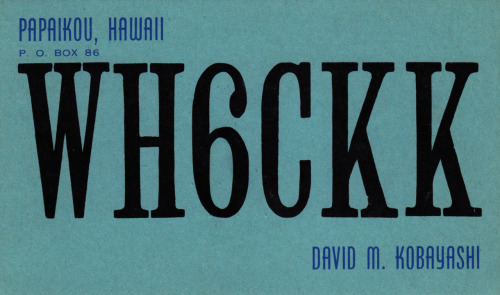
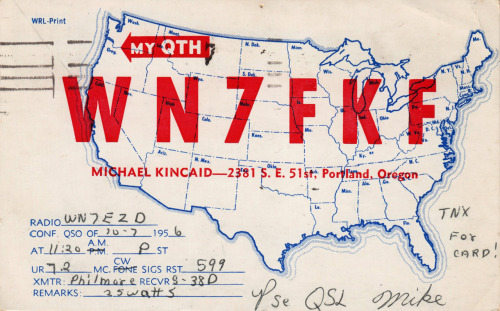
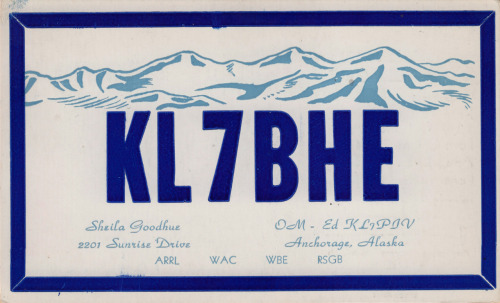
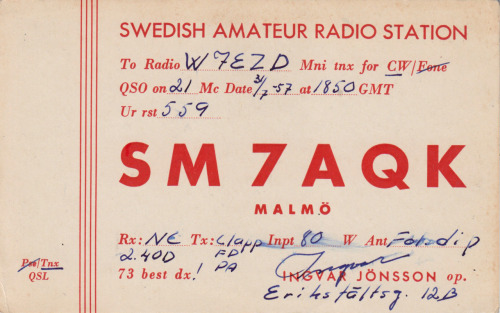
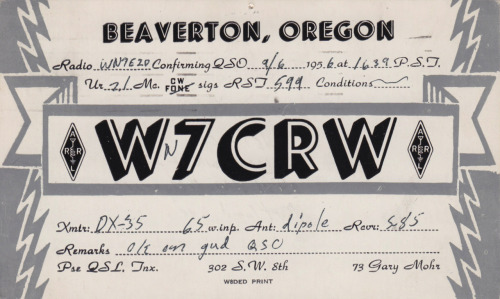
QSL cards confirm either a two-way radiocommunication between two amateur radio stations or a one-way reception of a signal from an AM radio, FM radio, television or shortwave broadcasting station. They can also confirm the reception of a two-way radiocommunication by a third party listener. A typical QSL card is the same size and made from the same material as a typical postcard, and most are sent through the mail as such.
More Posts from Astrotidbits-blog and Others
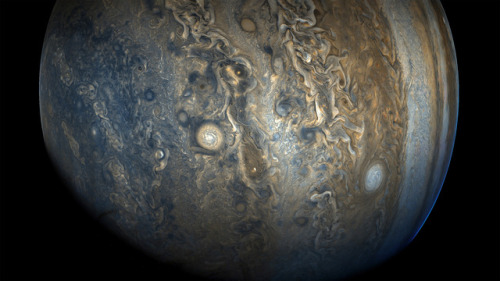
What a stunner! See Jupiter’s southern hemisphere in beautiful detail in this new citizen-scientist-processed JunoCam image.
General Ham: Digital Mode Introduction
This is probably a bit more repetition, but well worth the time! So digital modes are where data are encoded as bits instead of in waves, and some are created commercially, while others are created by amateurs!
Digital modes consist of two things: a protocol and a method of modulation. A protocol is the set of rules that control the encoding, packaging, exchanging and decoding of digital data. For example, packet radio uses the AX.25 protocol standard. This standard says how each packet is constructed, how packets are exchanged, what characters are allowed, and so forth. The protocol standard doesn’t say what kind of transmitter to use or what the signal will sound like on the air.
Digital mode signals are restricted to the CW/data segments of each band and most digital mode operation is close to the top of the CW segment. Calling frequencies for the popular digital modes are incorporated into band plans and are usually the lowest frequency of operation with operators moving up in frequency as activity increases.
For example on 20m, most PSK31 signals are found near 14.070 MHz. RTTY and other digital mode signals are found above that. The modems used for digital signals often do not recognize signals from CW or other digital modes.
Here’s the Digital Signal Band Plan:
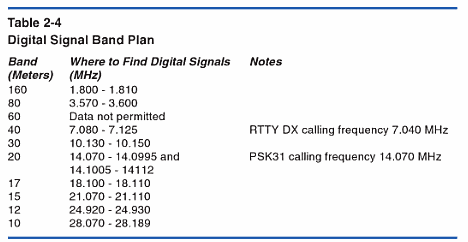
@atdiy/@tymkrs
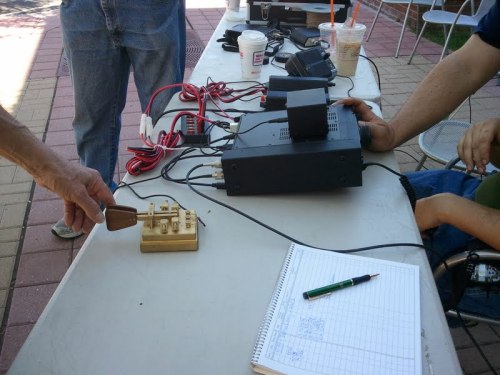
Just a typical Saturday in our courtyard calling Ohio using Morse code.
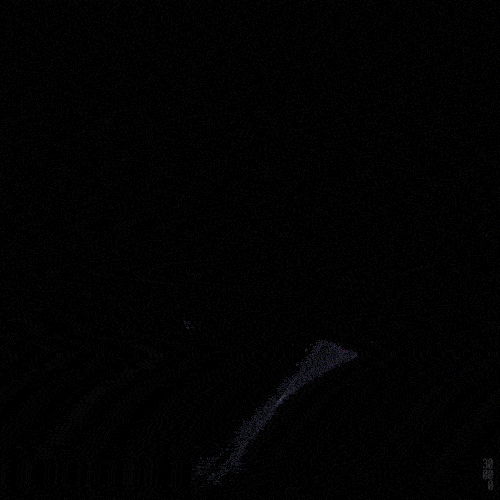
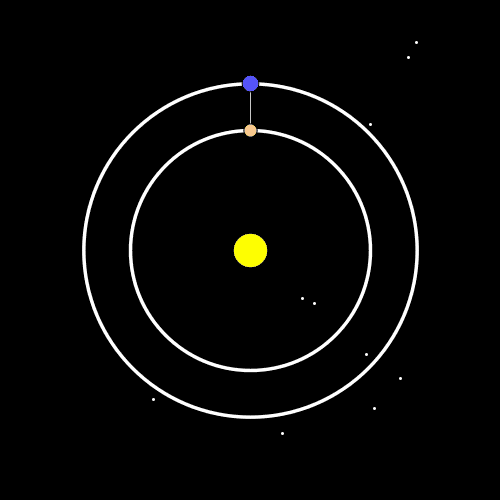
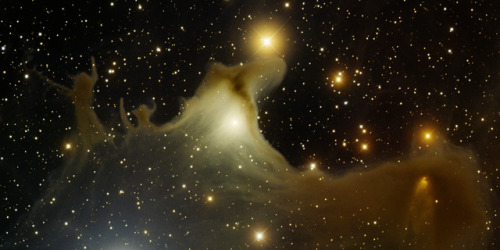
NGC 7023, Ghost Nebula
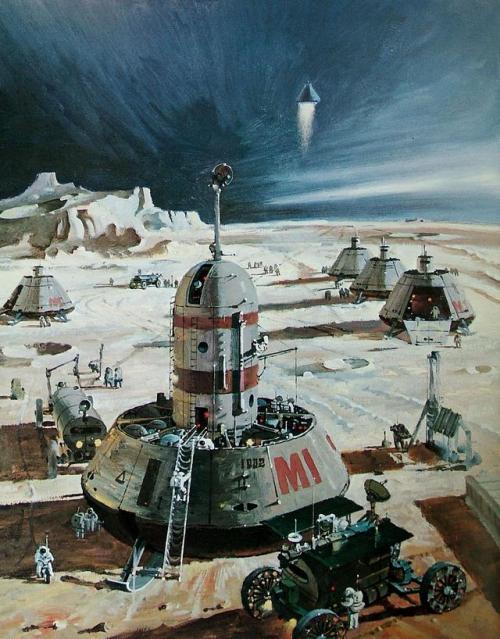
JPL Engineer explains how they are testing the next generation of Mars parachutes in the video “LDSD: We Brake for Mars”
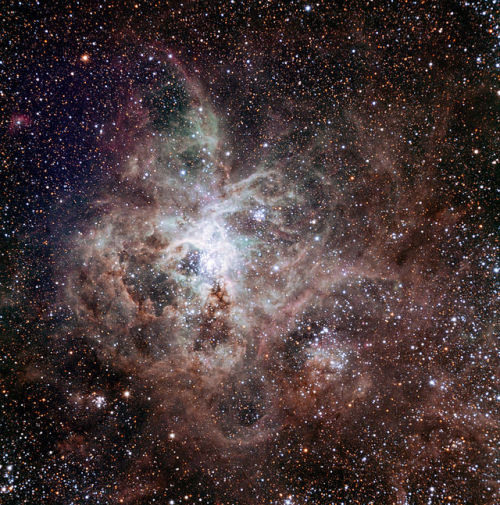
Tarantula Nebula
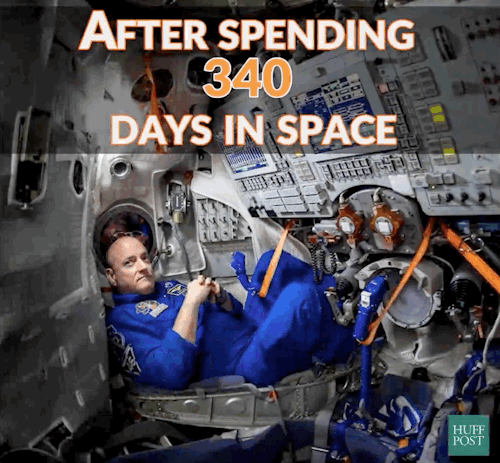
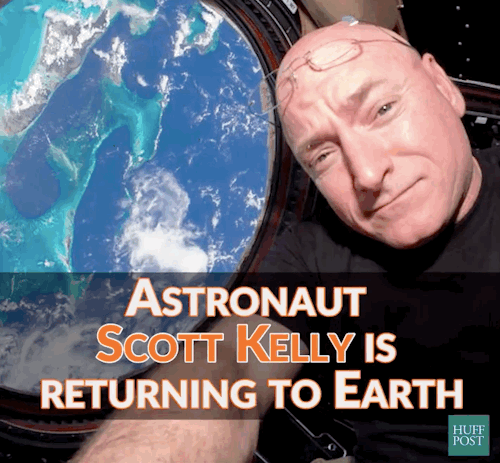
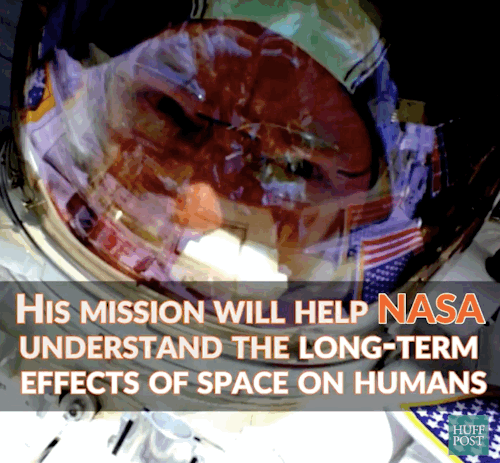
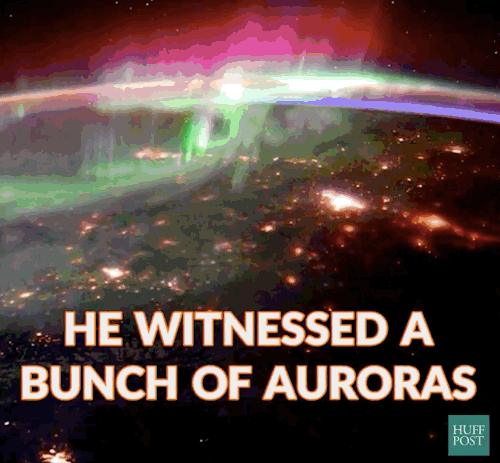
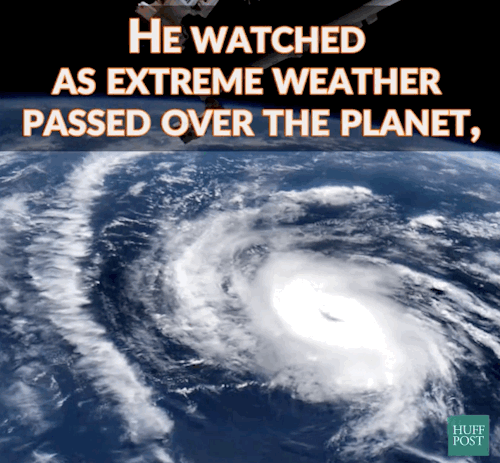
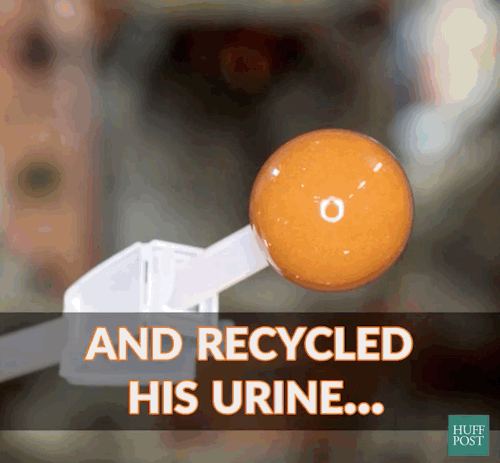
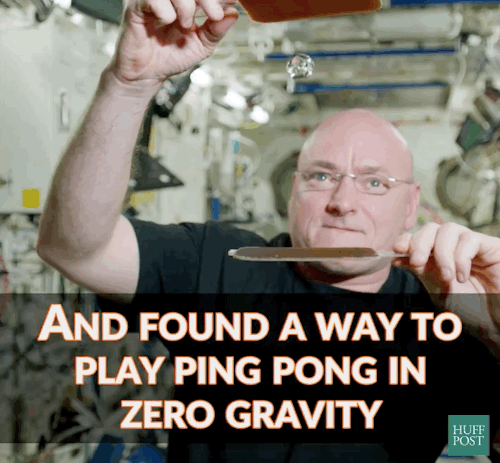
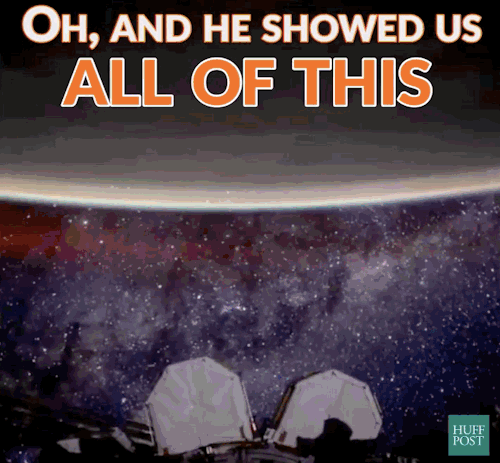

A Look Back At Astronaut Scott Kelly’s #YearInSpace
-
 nadiaworlds-blog liked this · 4 years ago
nadiaworlds-blog liked this · 4 years ago -
 aka-seppi reblogged this · 6 years ago
aka-seppi reblogged this · 6 years ago -
 astrotidbits-blog reblogged this · 7 years ago
astrotidbits-blog reblogged this · 7 years ago -
 astrotidbits-blog liked this · 7 years ago
astrotidbits-blog liked this · 7 years ago -
 skieselectric reblogged this · 13 years ago
skieselectric reblogged this · 13 years ago